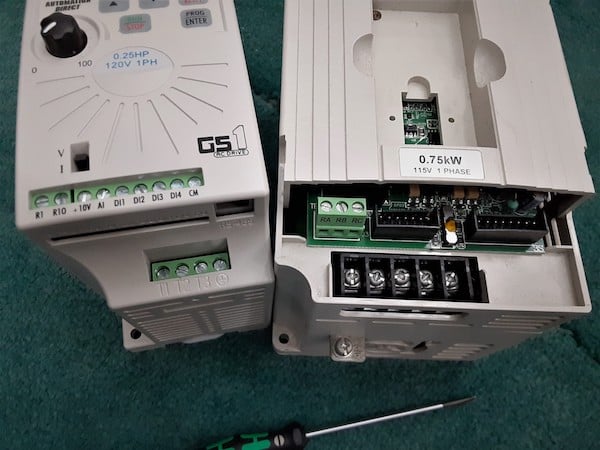Controlling VFDs with Manual Inputs
To increase the flexibility of a motor control system, a variable frequency drive (VFD) is a common device that solves many motor control problems. In this article, learn how to control manual input of VFDs. Variable frequency drives solve many of the challenges associated with driving three-phase motors including adjustable speeds, networking many motors together … Read more



